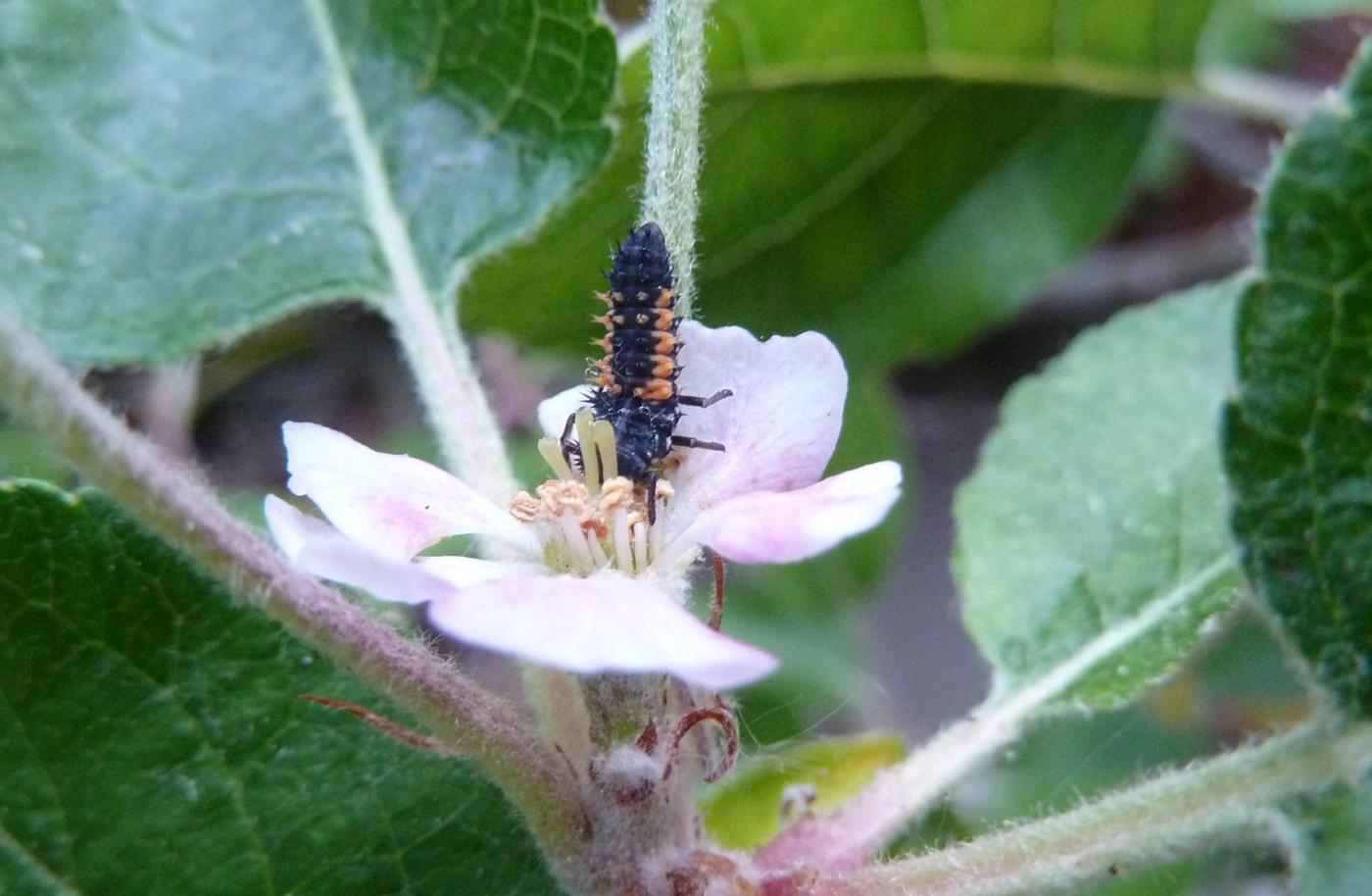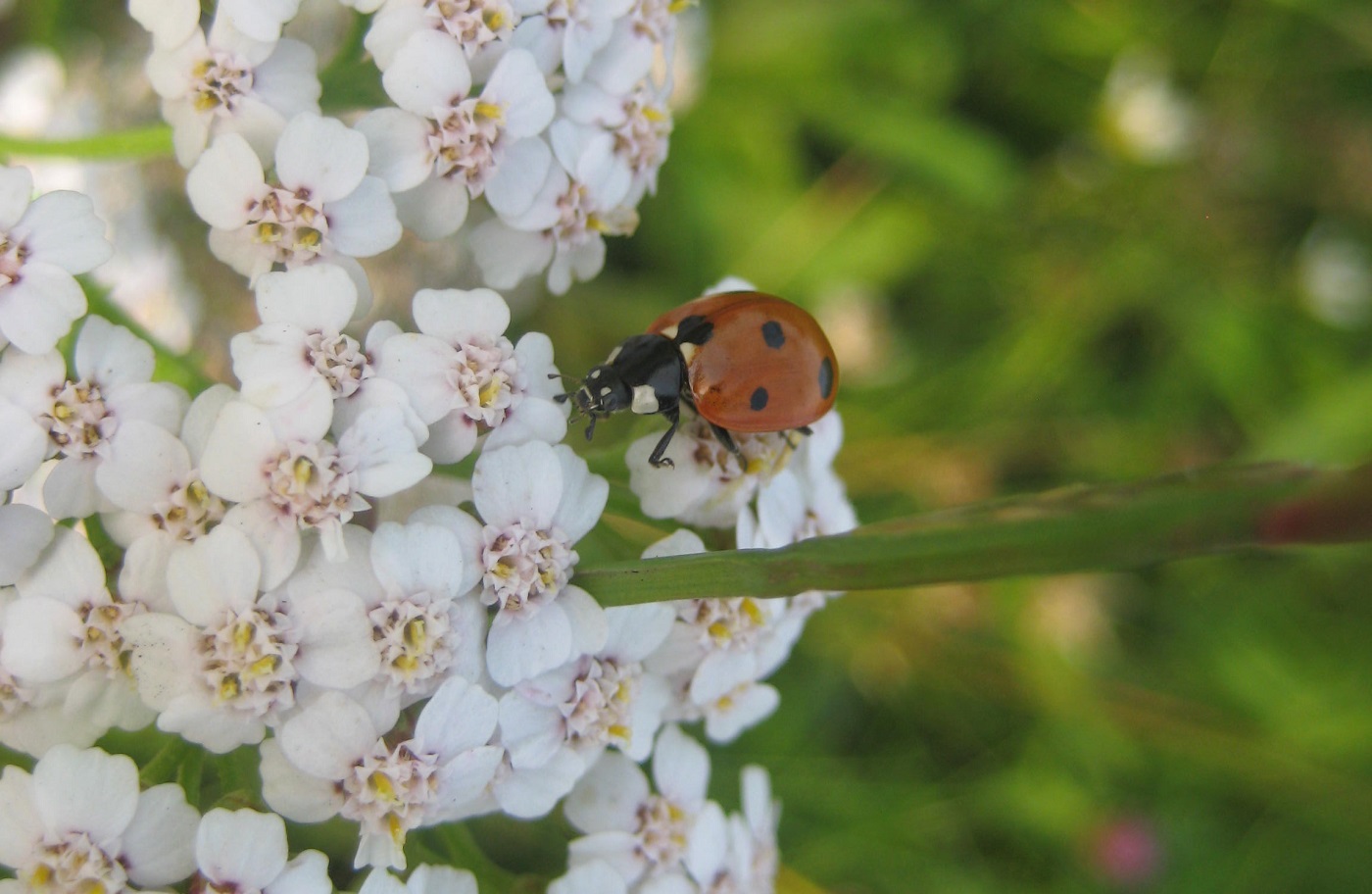Private gardens
It is quite simple to protect pollinators and preserve nature. Find out how to make your garden more attractive to both humans and insects.
Flowers containing lots of pollen and nectar are particularly suited for pollinator-friendly gardens. If possible, choose plants and flowers that bloom at different times in order to ensure a year-round food supply for the insects. That way, bees can collect pollen from Hellbore even on a mild day in December. Single flowers instead of double flowers ensure that the pollinators can best reach their food. Moreover, pollinators prefer diverse types of flowers, herbs and shrubs – by offering a wide variety in your garden you can make sure that all pollinators can find a plant to their liking. Focus on native plants since these attract domestic insects best. For more detailed information, you can find lists with pollinator-friendly flowers here.
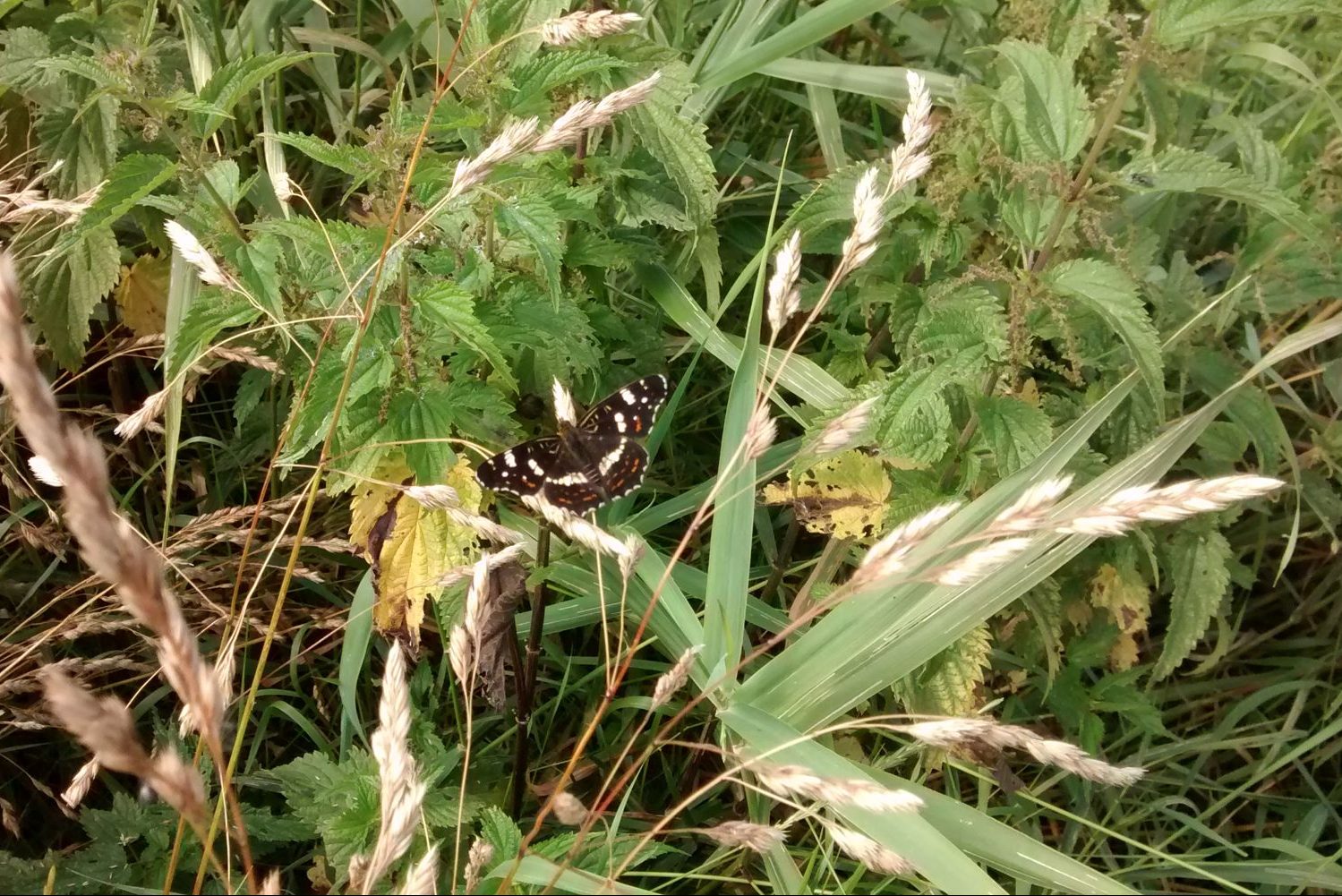
Don‘t overdo things!
Often less is more: „wild corners” are close to nature and therefore attractive living spaces for many insects. They may not always look so nice to us: for instance, many butterflies feed on stinging nettles. However, natural gardens that combine accurately planted flowers and wild plants are ideal for pollinators. For example, a regularly mowed lawn is not advisable from an ecological point of view – why not just allow it to grow a little longer every once in a while? You should also refrain from pruning flowering hedges, bushes and shrubs between March and August – also in order to protect birds in their breeding period.
Many bees build on wood and sand
Attractive nesting sites for pollinators are not limited to wild plants and grasses. Depending on the type, bees prefer cracks in walls, rotten wood or holes in the ground to lay their eggs. Hobby gardeners can therefore actively support and create these badly needed spaces in their own garden. Ideal nesting sites should be sunny, dry and face southward. You can for example leave natural deadwood in a “wild corner” or build an insect hotel from untreated and mature wood. The hotel should have deep boreholes with varying width and be installed at a height of one to one and a half meters. By using additional nesting materials such as bricks, empty snail shells or cones you can provide shelter to different types of insects.
Bee-friendly gardens should also provide sparsely covered areas – ideally on sunny slopes – where pollinators that nest in the ground, such as mining bees and bumblebees, can dig tunnels. Wherever the nesting site, it is important to have enough food sources close by since the range of action of wild bees is much smaller than the one of honeybees.
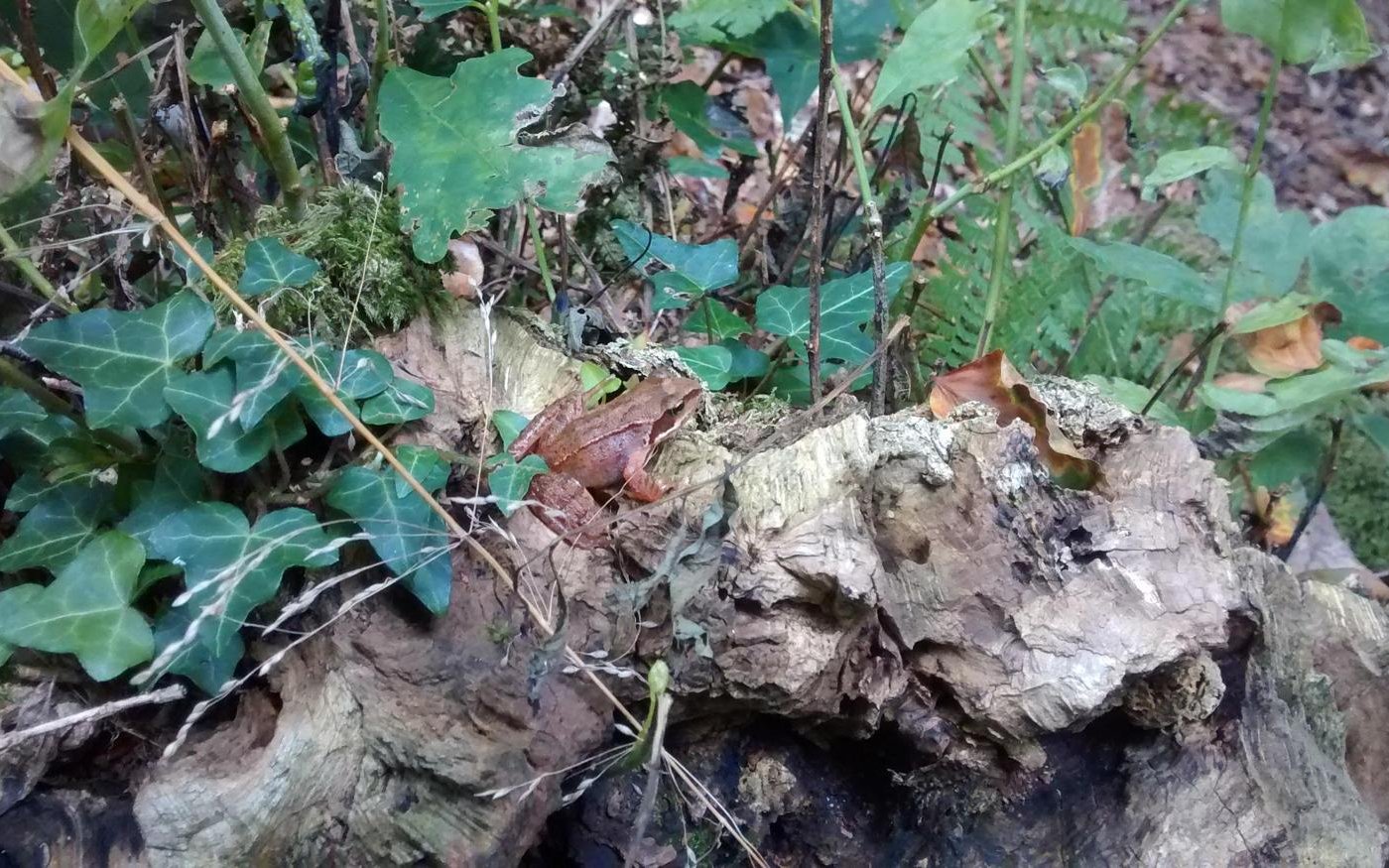
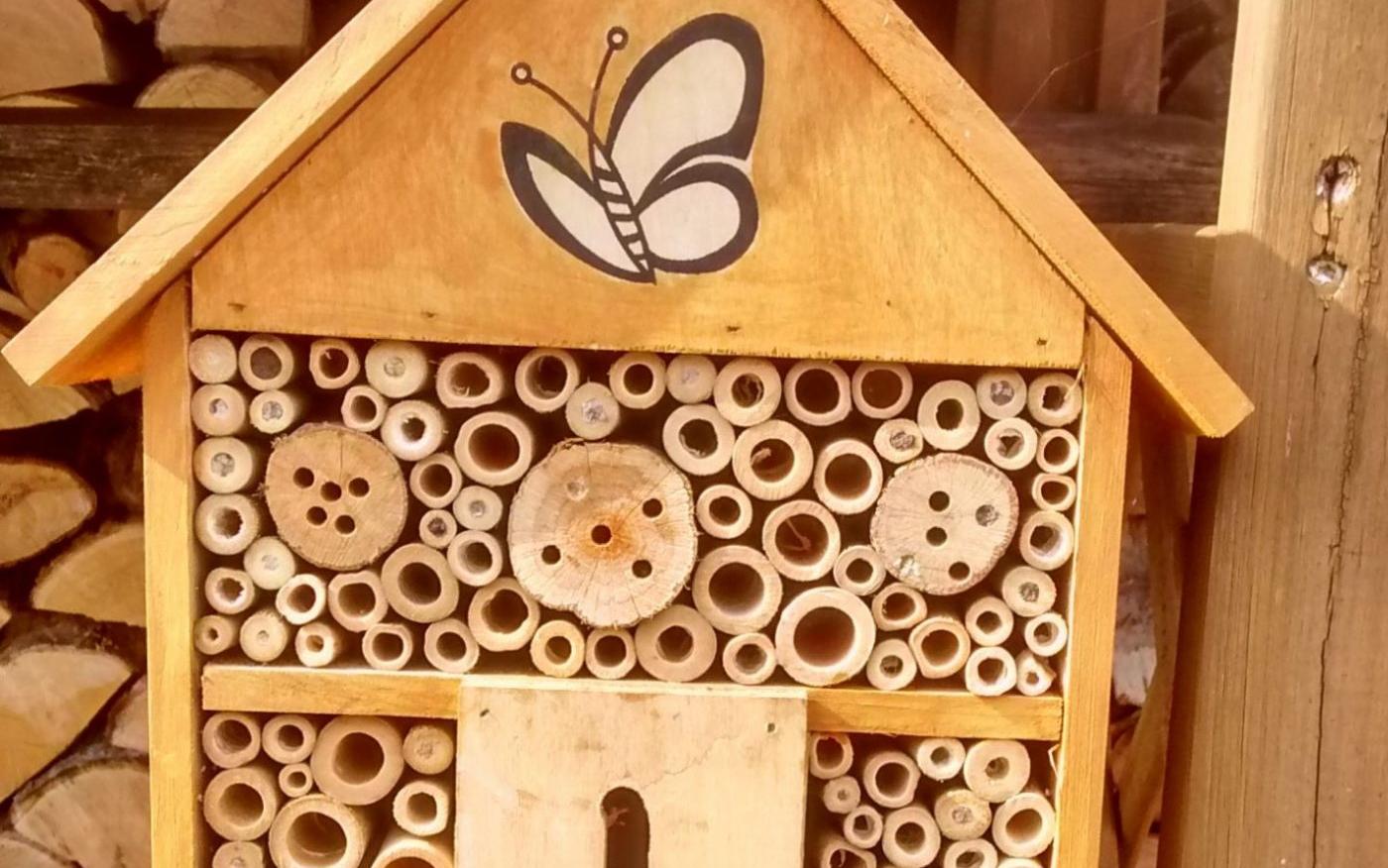
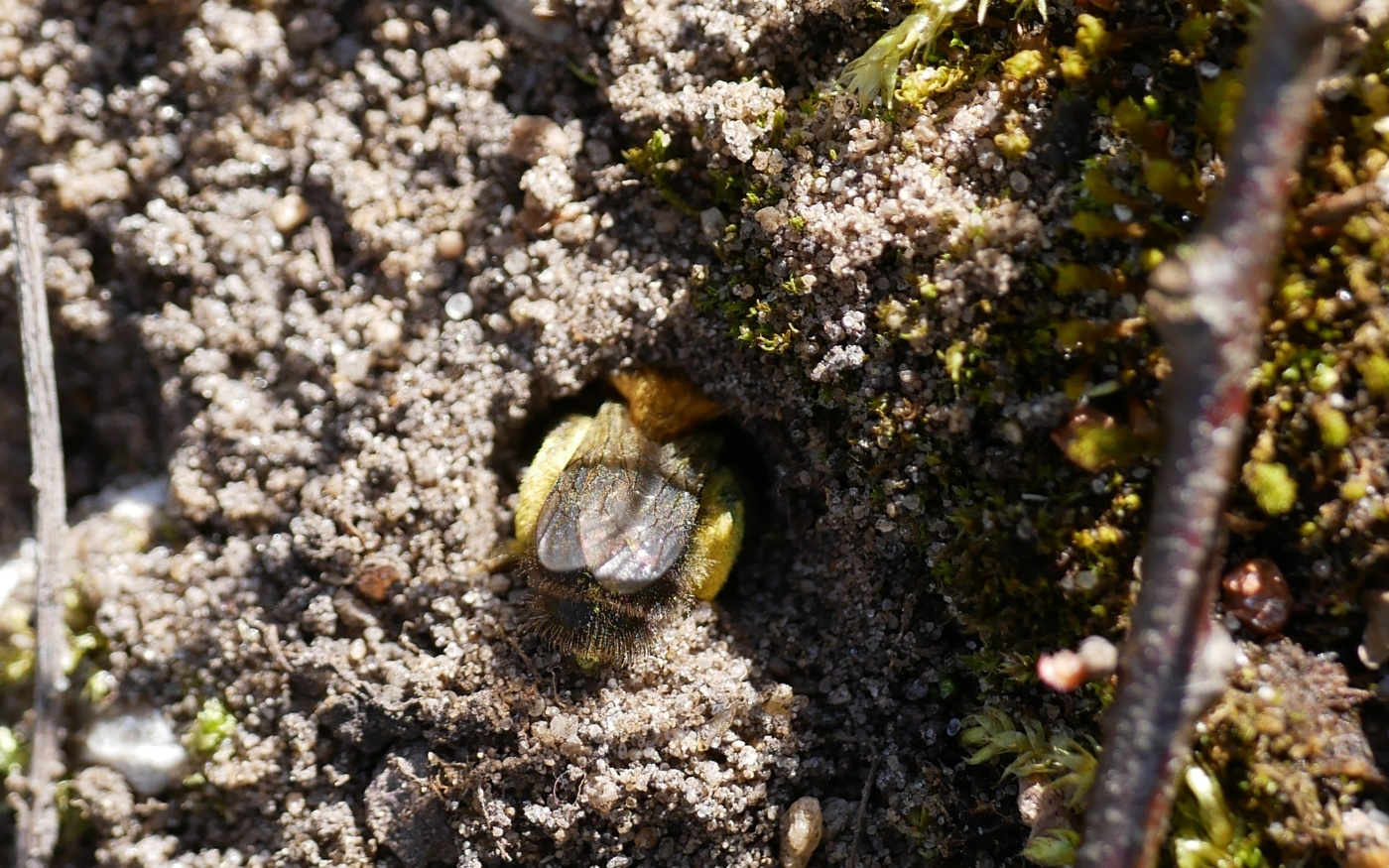
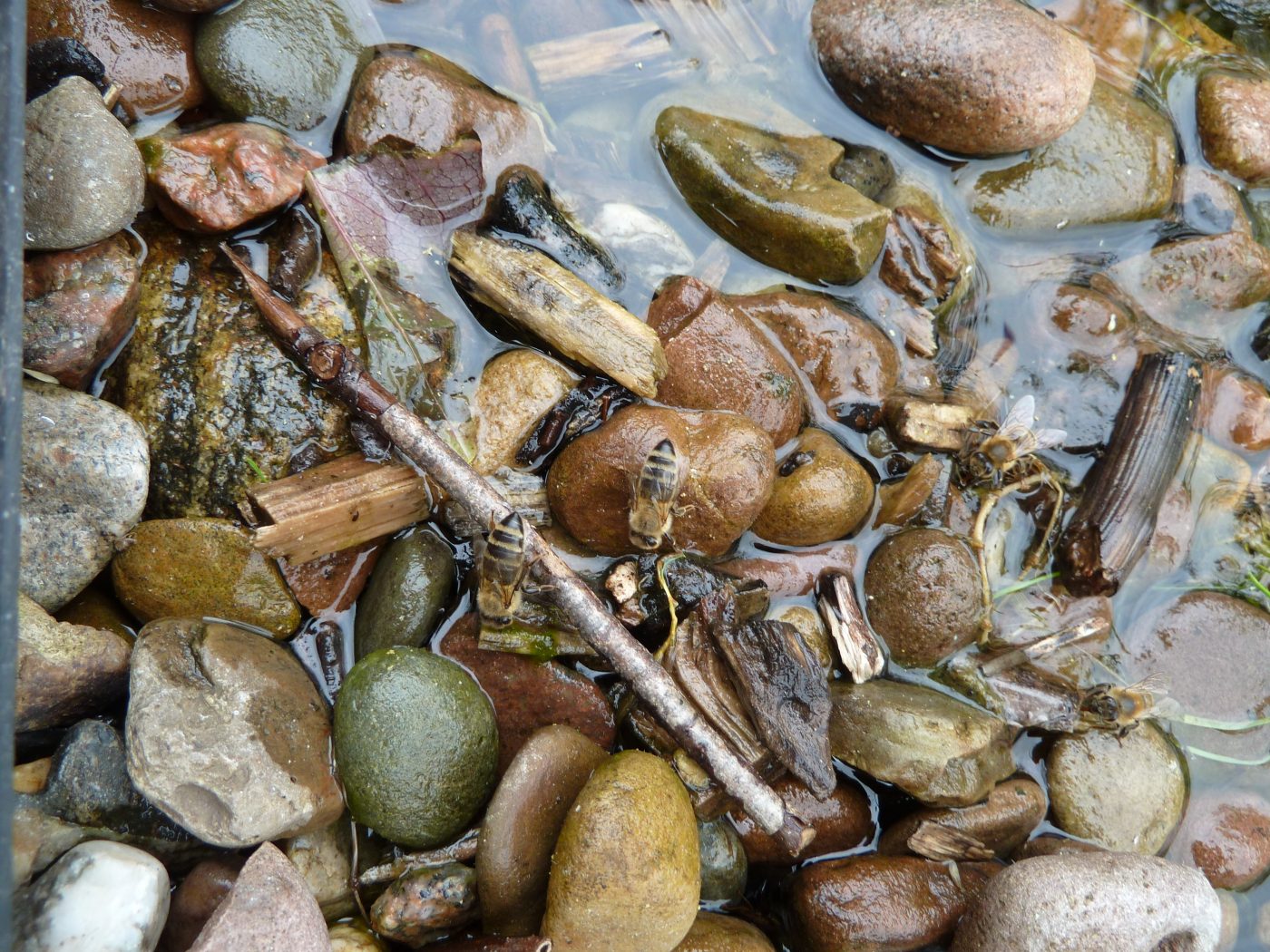
Water – the elixir of life
Although we might not think a lot about it, just like humans insects rely on water to survive. Beyond their personal supply, honeybees need water to produce jelly for the larvae and use evaporation to cool down the hive on hot summer days. Water supply is often lowest when the demand is high. Insects therefore benefit from water sources – for example bird baths – that we provide them with. Put some small twigs or pebbles into the water to make sure that pollinators can sit on them to drink and do not drown.
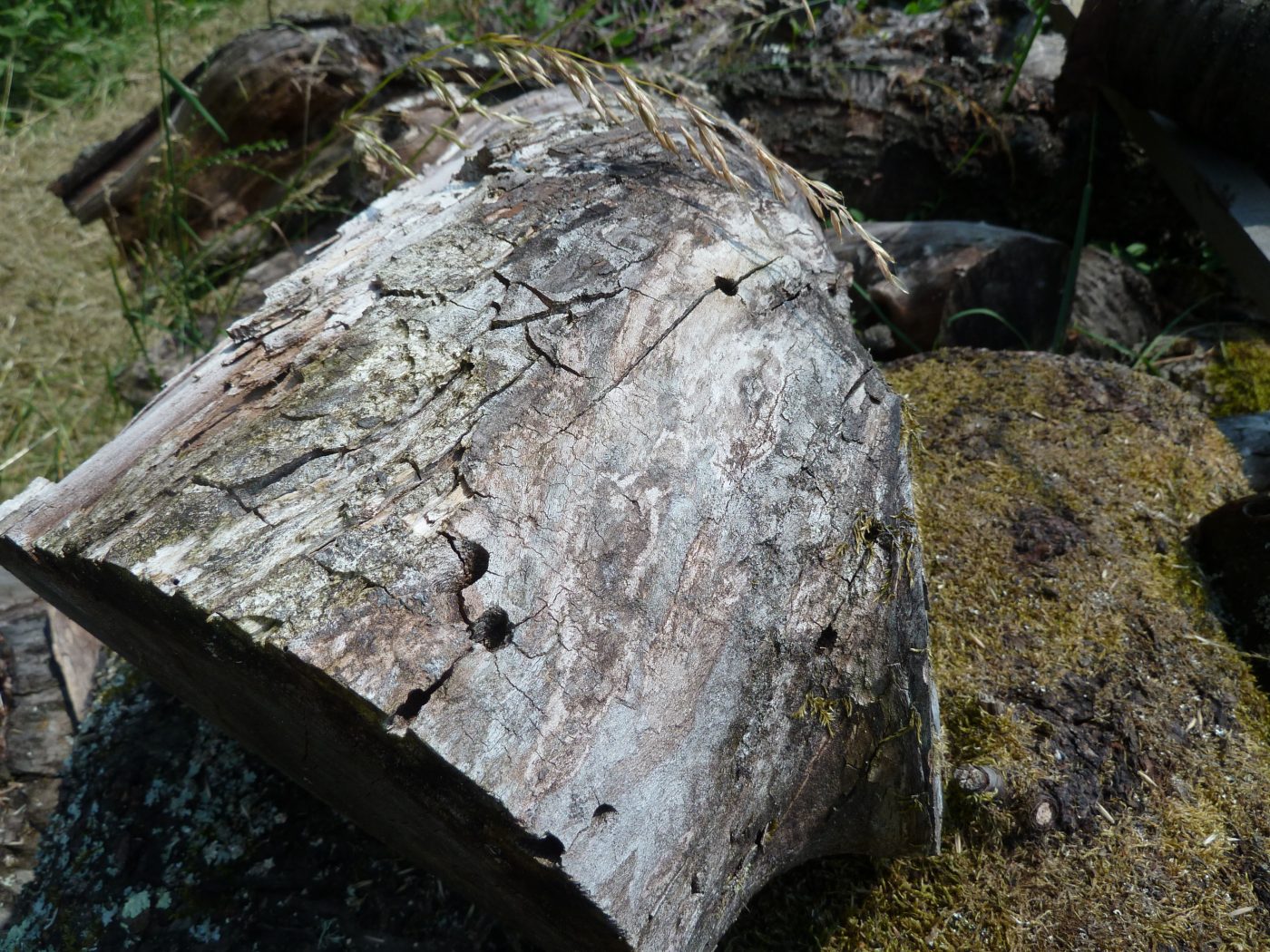
Create niches in all seasons
Against the opinion of many hobby gardeners it is not always best to cut back plants and remove dead leaves in winter. Insects, worms, hedgehogs, toads, slowworms and other animals can rather use leaves, branches or cracks in walls as a shelter and protection against cold. Also during summer time these natural protection can be important – for example for the Common Carder Bumblebee that builds its nest on the surface of the ground covered by grass and leaves.
Ban chemicals from your garden
Abstaining from the use of chemical pesticides is an absolute must for a bee-friendly garden. If you can’t acquire a taste for wild plants, just manually remove them instead of applying a pesticide. Joints on the driveway or the patio also don’t need chemicals but can be held free for several weeks by burning weeds with a torch. Harmful insects such as caterpillars or lice can be manually removed or combated by beneficial insects. For example, larvae of the ladybug eradicate all sorts of lice. Pests can also be repelled by mixed crops: Plant new cultures that emit fragrances, bitter substances and root exudates next to plants that have often been infested by pests. Onions, leek and garlic can protect strawberries and carrots against infestation. The cabbage butterfly is diverted from its target, the cabbage, by the strong odor of the tomato plant. And lice on roses can be eradicated by lavender. That way you can get rid of pests in a natural and environmentally friendly way.
